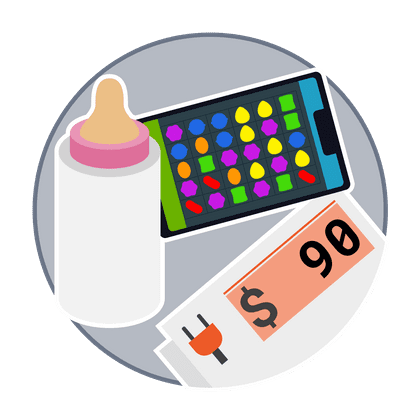
26% of Americans
“Well, no luck. …It just didn’t happen for me, you know. I’ve been part-time now for a couple of years. I ran into full-time positions, but they didn’t last long. I never did really play the lottery, so I didn’t hit it big [laughs]. I never did, what’s it called, investment or anything like that, stocks and stuff.”
56-year-old man, Illinois, Politically Disengaged
The Politically Disengaged group most resembles Passive Liberals in having lower levels of income and education and being less engaged in following current affairs. Fully 41 percent are making less than $30,000 per year, and approximately one in four have gone without food or medical treatment at least somewhat often in the past year. They diverge from Passive Liberals in being more anxious about external threats and less open in their attitudes towards differences. For instance, they are the most likely to say that being white is necessary to be American and that people who hold other religious views are morally inferior. They are more concerned about the threat of terrorism and are quite closed to the view that Islamic and American values are compatible. They are practically invisible in local politics and community life, being one of the least likely groups to participate in political rallies or vote in local elections. They are the least well-informed group on all measures of political knowledge. They are also the most pessimistic about the possibility of reconciling differences between the factions. Overall, this makes the Politically Disengaged a challenging segment to persuade.
Main concerns:
Gun Violence, Jobs/Economy, and Terrorism
Compared to the average American:
-
Eight percent more likely to say that, to fix America, we need a strong leader willing to break the rules (56 percent v. 48 percent)
-
Nine percent more likely to believe the “differences between Americans are too big for us to work together” (32 percent v. 23 percent)
-
Nine percent more likely to say that “being white” is important to being American (20 percent v. 11 percent)
-
Nine percent less likely to make over $20,000 a year (74 percent v. 83 percent)
-
More than twice as likely not to be involved in any community activity (78 percent v. 34 percent)
-
Much less likely to share political content on social media (5 percent v. 26 percent)
-
Much less likely to be registered to vote (52 percent v. 72 percent)
-
Ten percent more likely to be black or Hispanic (34 percent v. 24 percent)
-
Six percent more likely to be aged 30 to 44 (31 percent v. 25 percent)
-
Sixteen percent more likely to have no college education (53 percent v. 37 percent)
